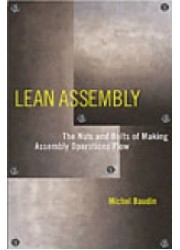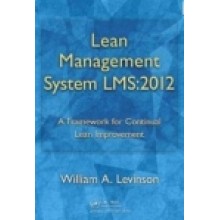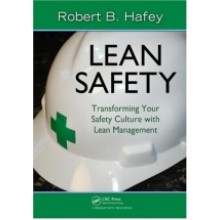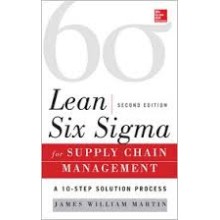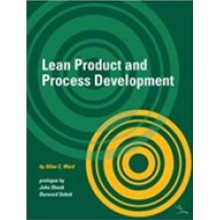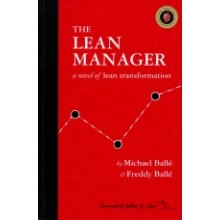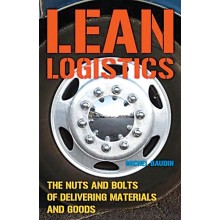Your shopping cart is empty!
Welcome visitor you can login or create an account
Lean Assembly : The Nuts and Bolts of Making Assembly Operations Flow
Our Price: £47.99
Quantity:
-
Add to Compare
With examples drawn from aerospace, electronics, household appliance, personal products, and automotive industries, Lean Assembly covers the engineering of assembly operations through:
Characterizing the demand in terms of volume by product and product family, component consumption, seasonal variability and life cycle.
Characterizing the demand in terms of volume by product and product family, component consumption, seasonal variability and life cycle.
Matching the physical structure of the shop floor to the demand with the goal of approaching takt-driven production as closely as possible.
Working out the details of assembly tasks station by station, including station sizing, tooling, fixturing, operator instructions,
part presentation, conveyance between stations, and the geometry of assembly lines as a whole.
Incorporating mistake-proofing, successive inspection, and test operations for quality assurance.
Lean Assembly differs from most other books on lean manufacturing in that it focuses on technical content as a driver for implementation methods. The emphasis is on exactly what should be done. This book should be the "dog-eared" and "penciled-in" resource on every assembly engineer's desk.
PART A - Analysis Techniques
Chapter 1: Key issues of assembly operations
Chapter 2 Product quantity analysis
Chapter 3: Trend and seasonality analysis
Chapter 4: Takt time and capacity
PART B: Assembly Concepts
Chapter 5: Visualizing the assembly process
Chapter 6: The concept of the assembly line
Chapter 7: Collecting assembly time data
Chapter 8: Line balancing
PART C: Detailed Design
Chapter 9: Assembly station sizing
Chapter 10: Detailed design of assembly stations
Chapter 11: Part presentation
Chapter 12: Conveyance between stations
Chapter 13: Assembly cells
Chapter 14: Overall shape of assembly lines
PART D: Assembly Quality
Chapter 15: Preventing picking errors
Chapter 16: Inspection, test, and rework operations
Bibliography
Index
Write a review
Your Name:Your Review: Note: HTML is not translated!
Rating: Bad Good
Enter the code in the box below:
Price subject to change without notice
Copyright © 2014 Engineering Standards Bureau. All Rights Reserved.
Developed By Zoom Into Web
Copyright © 2014 Engineering Standards Bureau. All Rights Reserved.
Developed By Zoom Into Web


